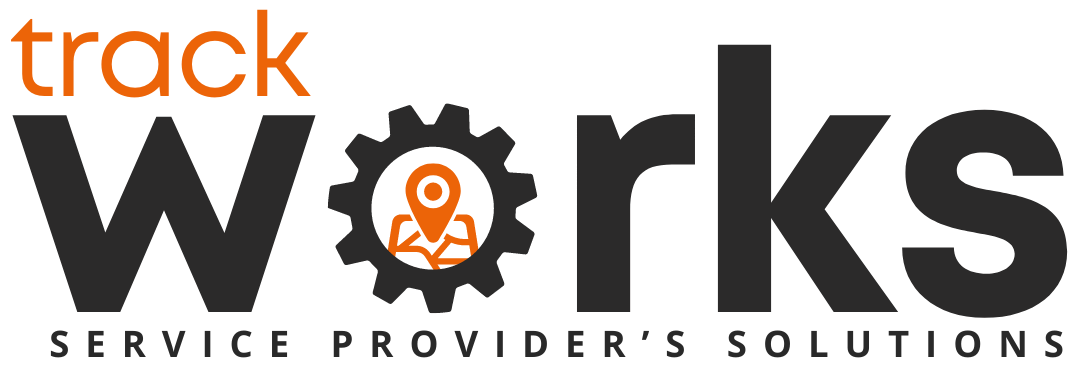How to Prevent Service Delays During the Holiday Rush
The holiday season is a critical period for many field service operations. With increased demand, limited staff availability, and unpredictable scheduling, even minor inefficiencies can escalate into costly delays. Preventing service disruptions requires a proactive approach — combining careful planning, strategic resource allocation, and the right tools. This blog explores proven strategies to avoid delays, maintain service quality, and protect customer satisfaction during the busiest months of the year.
1. Analyze Past Holiday Performance
Start by reviewing historical data from previous holiday seasons.
Why it matters:
- Helps identify recurring challenges or bottlenecks.
- Reveals which types of jobs are most likely to cause delays.
- Guides staffing and resource allocation decisions.
How to implement:
- Compare completion times, first-time fix rates, and travel efficiency from previous years.
- Note high-volume periods and peak times for each service area.
- Identify patterns where certain technicians or regions experienced delays.
Practical tip: Use this historical insight to plan your schedule proactively, rather than reactively responding to emergencies.
2. Prioritize Preventive Maintenance
Preventive maintenance reduces the likelihood of emergency calls during the holiday rush.
Why it matters:
- Fewer unplanned jobs free up technicians for scheduled work.
- Reduces stress on teams and ensures consistent service quality.
- Supports customer satisfaction and loyalty.
How to implement:
- Review upcoming maintenance contracts and flag critical tasks for early completion.
- Schedule preventive visits during low-demand periods to avoid conflict with peak work.
- Communicate proactively with customers about scheduled maintenance visits.
Practical tip: Preventive maintenance is not optional during peak season — treating it as a priority minimizes unexpected disruptions.
3. Optimize Scheduling and Dispatch
Efficient scheduling is the backbone of holiday readiness.
Why it matters:
- Minimizes idle travel time and technician fatigue.
- Ensures urgent jobs receive immediate attention.
- Maximizes capacity without overloading the team.
How to implement:
- Use data-driven scheduling to assign jobs based on location, skill, and priority.
- Cluster jobs geographically to reduce travel time.
- Build buffer time for high-priority or emergency tasks.
Practical tip: Regularly update schedules as new requests come in to maintain flexibility and responsiveness.
4. Empower Your Field Technicians
Technicians are your front-line problem solvers. Giving them the right tools improves efficiency.
Why it matters:
- Access to real-time job details reduces delays and miscommunications.
- Mobile tools allow technicians to adjust schedules, update status, and communicate issues immediately.
- Well-prepared technicians handle problems faster and more effectively.
How to implement:
- Ensure all technicians have mobile access to job history, customer notes, and equipment details.
- Provide offline capabilities in case of connectivity issues.
- Train teams to use data and tools proactively rather than reactively.
Practical tip: A well-equipped team can prevent delays before they happen, keeping service consistent.
5. Communicate with Customers Proactively
Transparent communication reduces frustration and improves satisfaction.
Why it matters:
- Customers appreciate updates, even if delays occur.
- Proactive communication reduces emergency calls and repeated follow-ups.
- Helps maintain trust during peak periods.
How to implement:
- Send automated notifications for scheduling changes, arrival windows, and completed jobs.
- Alert customers in advance about possible delays caused by high demand.
- Gather feedback to continuously improve service processes.
Practical tip: Proactive communication turns potential complaints into opportunities to strengthen relationships.
6. Review and Adjust in Real Time
Even the best plans may need adjustments during peak periods.
Why it matters:
- Unexpected delays, emergencies, or absences are inevitable.
- Teams that monitor operations and adapt quickly maintain higher performance.
How to implement:
- Monitor real-time dashboards for delays, job status, and technician availability.
- Reassign tasks dynamically to avoid bottlenecks.
- Keep leadership informed to make quick decisions when issues arise.
Practical tip: Daily review meetings or check-ins during the peak season ensure the team remains aligned and responsive.
Conclusion
Holiday season delays are not unavoidable. By reviewing past performance, prioritizing preventive maintenance, optimizing schedules, empowering technicians, communicating proactively with customers, and monitoring operations in real time, field service teams can maintain efficiency and satisfaction even during the busiest periods. Preparing in advance reduces stress, increases profitability, and strengthens customer loyalty.




No responses yet